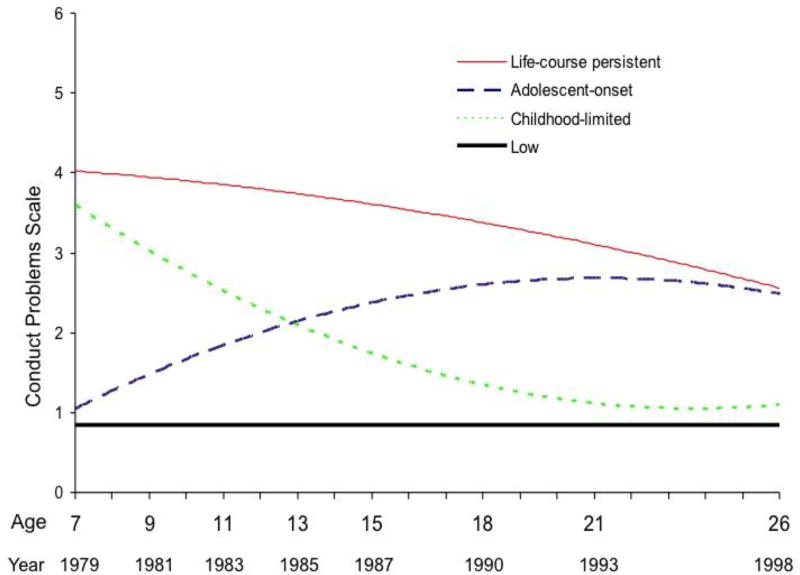Figure 1. Conduct problem trajectory groups identified among Dunedin Cohort study members.
Illustration of conduct-problem trajectories reprinted with permission from Odgers et al., 2008, Development and Psychopathology. Study members (N=1,037) were classified as following one of four conduct-problem trajectories: Life-course persistent: 9.0%; Adolescent-onset: 18.7%; Childhood-limited: 22.0%; Low: 50.4%. Trajectories were originally identified separately among male study members (Life-course persistent: 10.5%; Adolescent-onset: 19.6%; Childhood-limited: 24.3%; Low: 45.6%; Odgers et al., 2007). Corresponding trajectories were also identified separately among female study members (Life-course persistent: 7.5%; Adolescent-onset: 17.4%; Childhood-limited: 20.0%; Low: 55.1%; Odgers et al., 2008).

